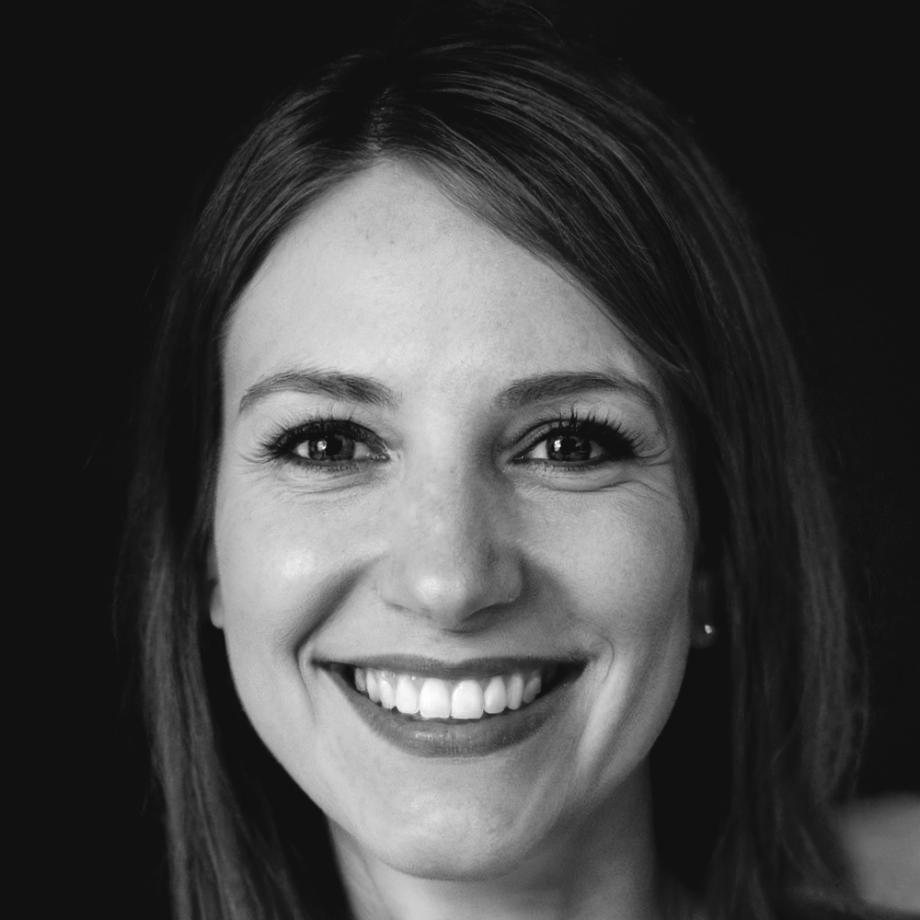Build Valuation Skills That Actually Matter
Most analysts struggle with valuation because they learn formulas without understanding the thinking behind them. We changed that in 2019 when we started teaching the practical side of financial analysis—the part they don't cover in textbooks.
Our approach came from working with over 160 financial professionals across Southeast Asia. They told us what they needed: real frameworks they could use on Monday morning, not academic theory they'd forget by Friday.
View Program Details
Six Years of Refining How We Teach
Every program adjustment came from student feedback and real market shifts. Here's what changed along the way.
Started With 12 Students
Ran our first cohort focused on DCF modeling. Half the participants worked in banking, the rest in corporate finance. The feedback was clear: they wanted more industry-specific examples and less generic case studies.
Added Comparable Company Analysis
After running eight cohorts, students kept asking about relative valuation methods. We built a module covering trading multiples and precedent transactions, using actual deals from the Thai market between 2018 and 2020.
Expanded to Regional Markets
Started accepting students from Vietnam and Malaysia. This meant reworking examples to cover different regulatory environments and market conditions. Our curriculum now includes cross-border valuation considerations.
Launched Sector-Specific Tracks
This year we introduced specialized modules for real estate, technology, and consumer goods valuations. Each track runs for eight weeks starting September 2025, with cohorts limited to 20 participants for better interaction.

How We Structure Learning
Start With Messy Data
You don't get clean financials in real life. Week one, we hand you incomplete balance sheets and ask you to work backwards. This builds the pattern recognition you need when dealing with actual companies.
Build Models From Scratch
No templates. You construct your DCF and comparable company models line by line. Takes longer, but you'll understand every assumption and know where errors typically hide when something doesn't look right.
Present Your Work
Four times during the program, you present a valuation to the group. We're looking at your logic, not just your numbers. Can you defend your WACC calculation when someone challenges your equity risk premium?
Review Real Pitch Books
We analyze actual investment banking materials from completed transactions. You'll spot what worked, what didn't, and why certain valuation approaches got more weight in final negotiations.
What Six Years of Teaching Produced
These numbers reflect actual program outcomes through March 2025. Not projections or marketing estimates.
Completed full 12-week curriculum between 2019-2025
Average class size of 14 participants per cohort
Delivered through lectures, case work, and review sessions

"The precedent transaction module completely changed how I approach deal comps. Wish I'd learned this three years ago."
Next Program Starts October 2025
We're running two parallel tracks this fall. The core program covers fundamental valuation methods over 12 weeks. The sector-specific track adds another four weeks focusing on industry nuances.
Sessions run Tuesday and Thursday evenings, 7-9 PM Bangkok time. All sessions recorded if you need to catch up, but live participation matters—the discussions during presentations often provide as much value as the formal content.
- Build three complete valuation models during the program
- Present analysis to experienced practitioners who provide feedback
- Access recorded sessions and materials for 12 months after completion
- Join private discussion forum with current and past participants
- Receive detailed review of your final project valuation

Annika Vesterinen
Lead Valuation InstructorSpent eleven years doing investment banking work across Scandinavia before moving to Thailand in 2018. Most of that time went into middle-market M&A transactions, which meant building a lot of valuation models under tight deadlines.
Started teaching because I kept seeing the same gaps in how junior analysts approached valuations. They knew the formulas but struggled with the judgment calls—when to adjust EBITDA, how to think about terminal value, why your peer group selection matters more than your decimal precision.
The program structure came from what I wish someone had taught me in 2011. Less theory, more practical decision-making. We spend significant time on the messy parts of valuation that textbooks skip over.
sharixview grew from those early teaching sessions. What started as informal workshops became a structured program once I realized how many analysts needed this kind of practical training.